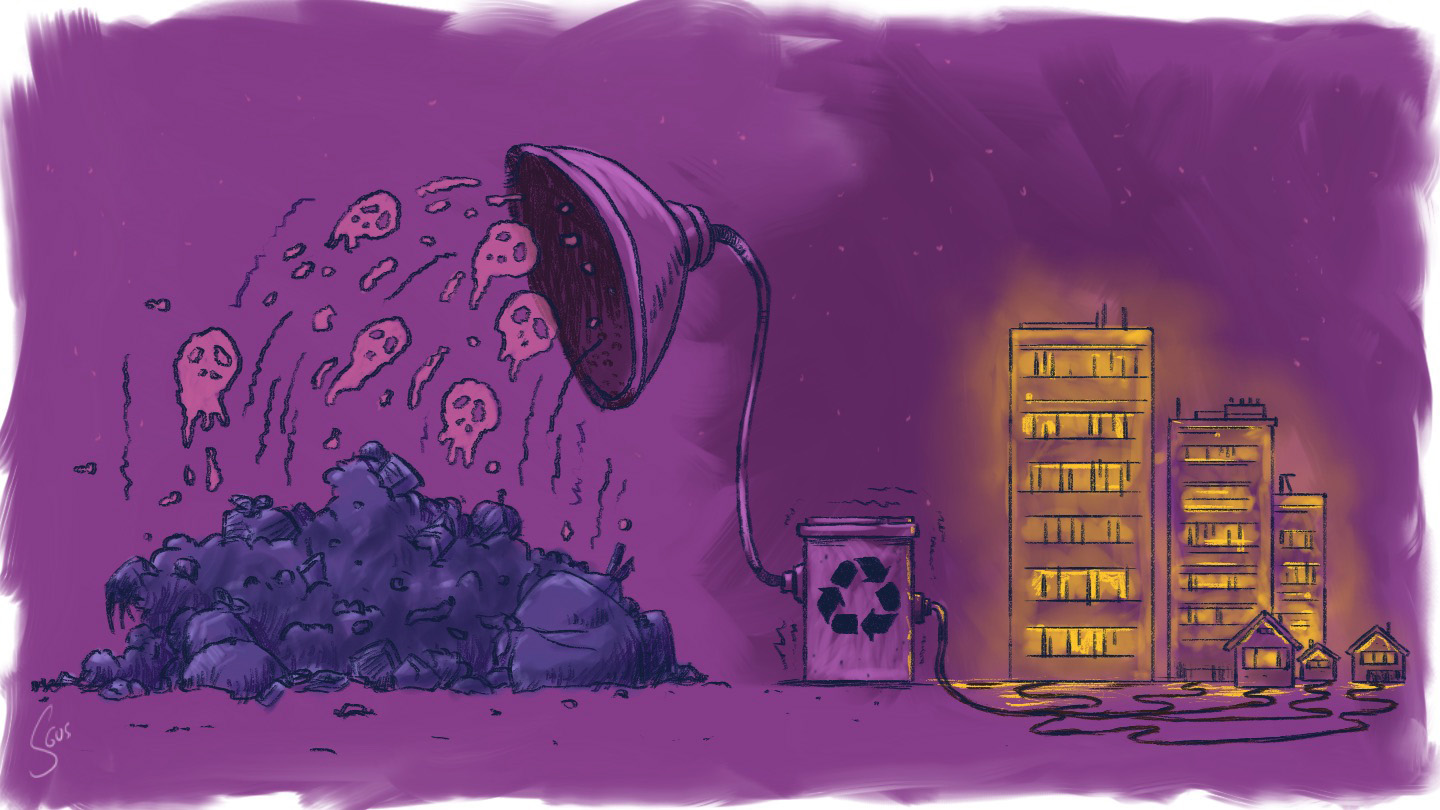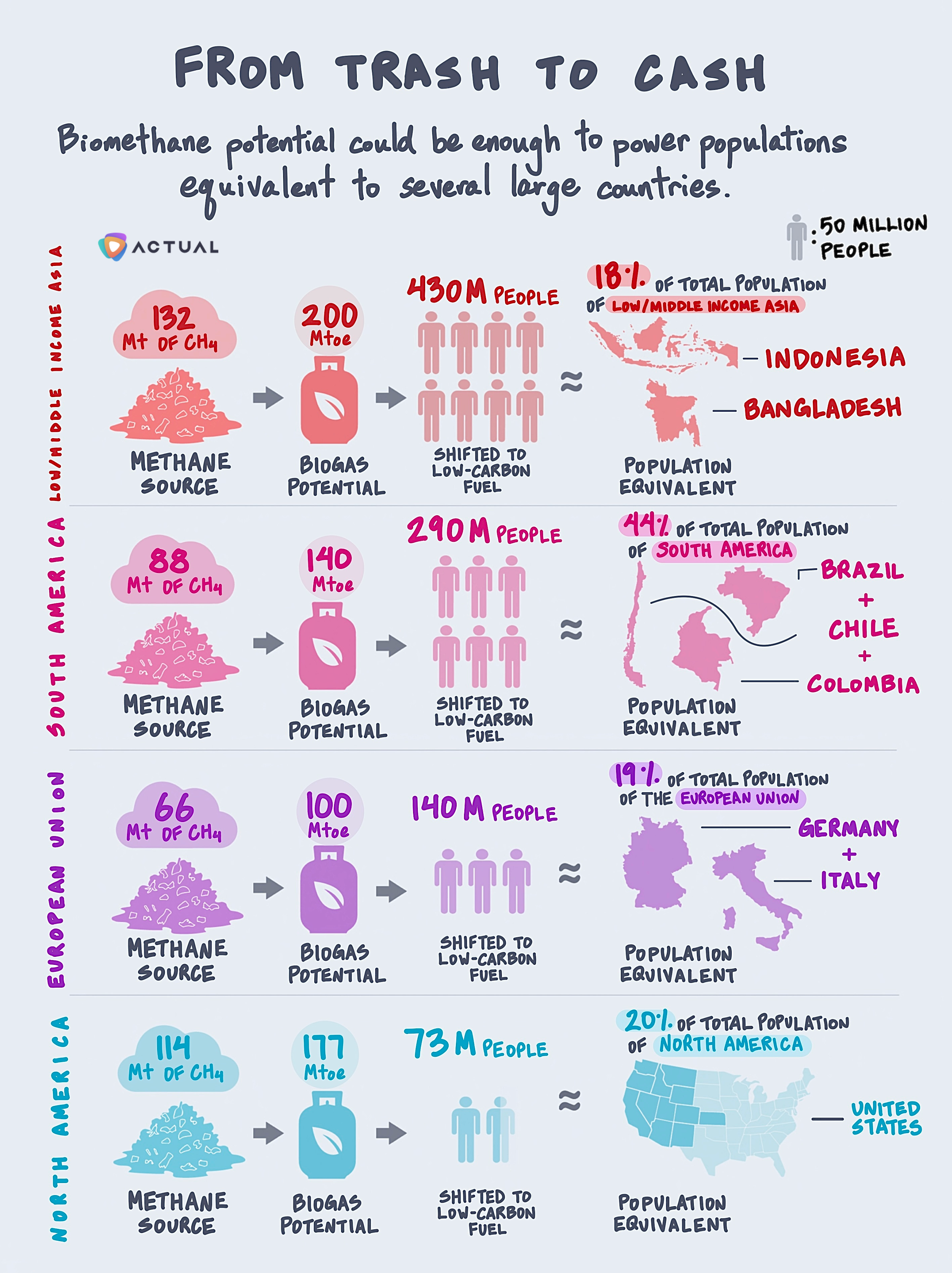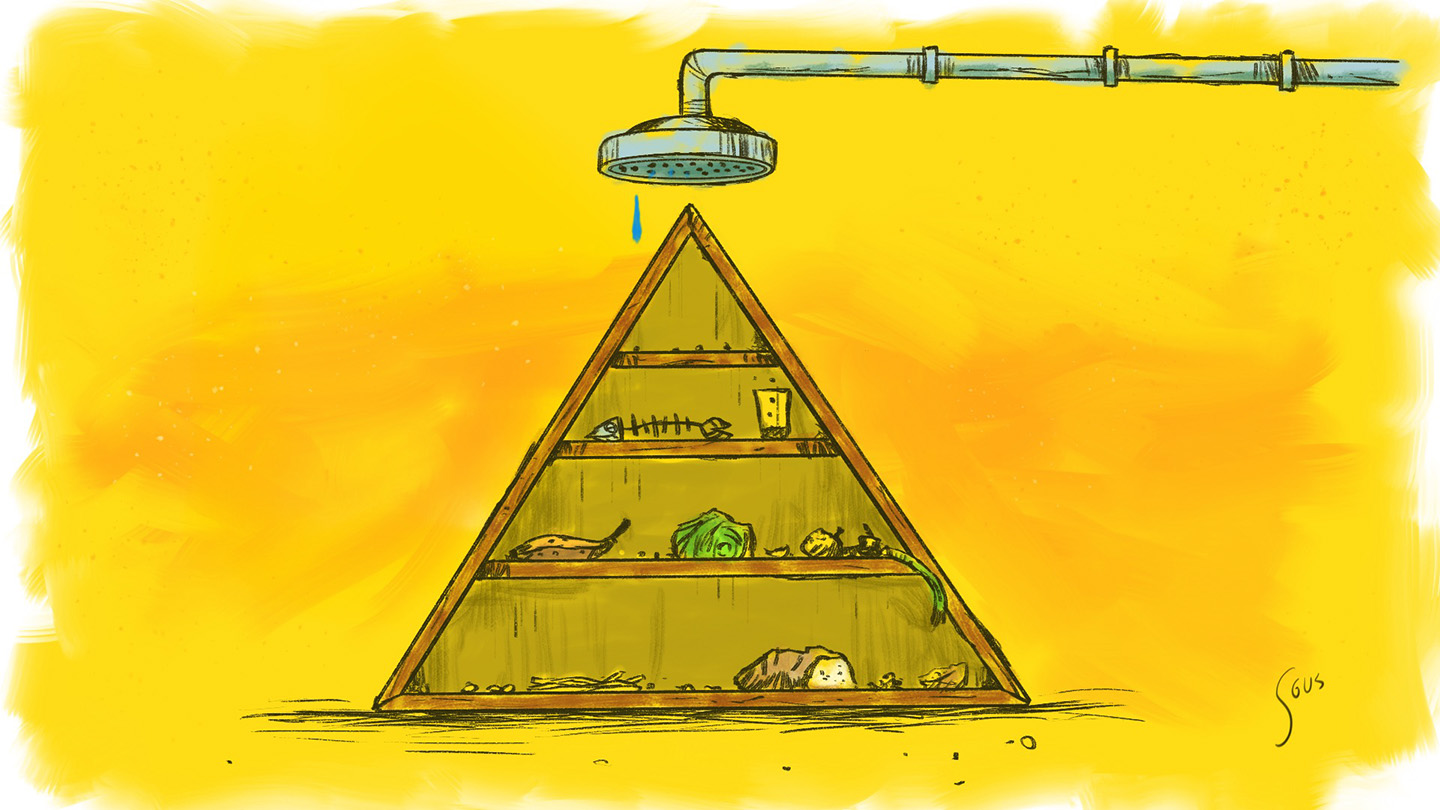
December 14, 2023
From Trash to Cash
COP28 kicked off with the Biden administration announcing strict rules on methane emissions for the oil and gas industry, mandating an 80% cut below otherwise projected levels by 2036. This is a key outcome from this year's COP– nations have committed to major methane emissions reductions.
Methane accounts for nearly 30% of the rise in global temperatures and is heavily emitted across various sectors, including agriculture, waste, and fossil fuels. Unlike the fossil fuel industry, which can be drawn down, waste and agriculture pose unique challenges as there is no similar option: operations cannot be completely halted or eliminated as people need food and generate waste.
The waste industry alone accounts for 11% of global methane emissions. If no immediate action is taken while population growth continues, methane emissions will increase by about 70% by 2050. Landfill owners not only have an opportunity to invest in tangible solutions right now, ultimately reducing methane emissions and operating more sustainably, but they can also reap financial benefits by producing biofuels.
How does this affect you?
CFOs of Landfill-Owning Entities need to invest in technologies like biodigesters and gasification equipment, which decrease operational costs and produce cost-competitive alternative fuel.
Landfill planning teams need to collaborate with utilities to supply regional gas networks.
Landfill developers and operators need to identify practices that will reduce all greenhouse gas emissions all the way from transportation to biofuel production.
Regulators, who have implemented a 'carrot and stick' approach for other forms of pollution, need to develop more policies that hold landfill emissions to account and incentivize clean investment.

The leading contributor to landfill methane emissions occurs when our everyday waste is thrown out alongside biodegradable and organic materials. This is exemplified in the US, where food waste accounted for 24% of the material in municipal solid waste (MSW) landfills in 2022. Although heavily-emitting if left untouched, this organic material can be used as feedstock for biofuels.
Renewable natural gas, a purified biogas, can power homes and fuel transportation. Biogas is harnessed from organic waste through biodigesters, where the mixture is broken down and methane is collected. While there are residual methane emissions, this process significantly reduces emissions compared to oil extraction and fracking.
Landfill feedstock yields up to 45 times more biogas per ton compared to crop residue and is the lowest-cost source today.
Up to 730 Mtoe (million tons of oil equivalent) of biomethane can be produced globally across all feedstocks today.* Low/middle income Asia and Central and South America are capable of producing about two-thirds of the potential biomethane, whereas North America and the EU are responsible for the remaining third. While the amount of feedstock is significantly smaller in Africa, there is still enough potential to provide power to up to 600 million people.
By 2040, potential biogas production will be enough to power a population equivalent to the size of some of the largest countries in the region.
What can landfill operators do now to reduce methane emissions?
Improve infrastructure. Many Southeast Asian countries lack the financial resources and infrastructure to improve waste collection and management systems. Governments and private sector entities must collaborate to improve waste collection, which also has many other environmental and public health benefits.
Invest in technology. MSW facilities can install gas recovery systems, which capture the decomposition product of solid waste and can also install solid-liquid separation systems to remove organic matter.
Upgrade to biomethane. Similar to biogas, biomethane undergoes a higher purification process and is necessary to power the gas grid and as a transport fuel.
Transportation. CNG fleets have less than 30% of fuel costs, and for long-haul operations, CNG fleets prove to be more cost and carbon-efficient.
Use clean energy to power operations. MSW facilities can partner with local utilities companies to invest in renewable energy projects by recovering and using biogas while generating renewable energy.
Since the end of COP28, 156 countries have committed to the Global Methane Pledge, launched during COP26, to meet the goals of curbing methane emissions by 30% by 2030. Sooner or later, stricter methane regulations will be implemented for oversight and even financial penalties. Now is the time to curb your emissions and clean up the mess before it’s too late.
Until next time,
Actual
* Assuming that all regions can produce biomethane, this number was utilized in place of biogas. Biomethane potential includes all feedstock types: MSW, crop residues, and manure.
**Sources: Outlook for Biogas and Biomethane (IEA), How Much Energy Does a Person Use in a Year? (EIA), Per Capita Primary Energy Consumption By Source (Our World in Data)
More recent newsletters
April 25, 2024
ACTUAL
Catalonia, Spain, has recently declared a drought emergency as reservoirs plunge to critically low levels at just 15% of full...
April 11, 2024
ACTUAL
The automotive industry has been undergoing a drastic transformation, transitioning from combustion engine vehicles to include EVs, hybrid engines, and...
March 21, 2024
ACTUAL
The thrilling races of Formula 1 are powered by behind-the-scenes innovation, where even the slightest tweaks in aerodynamics or engine...


